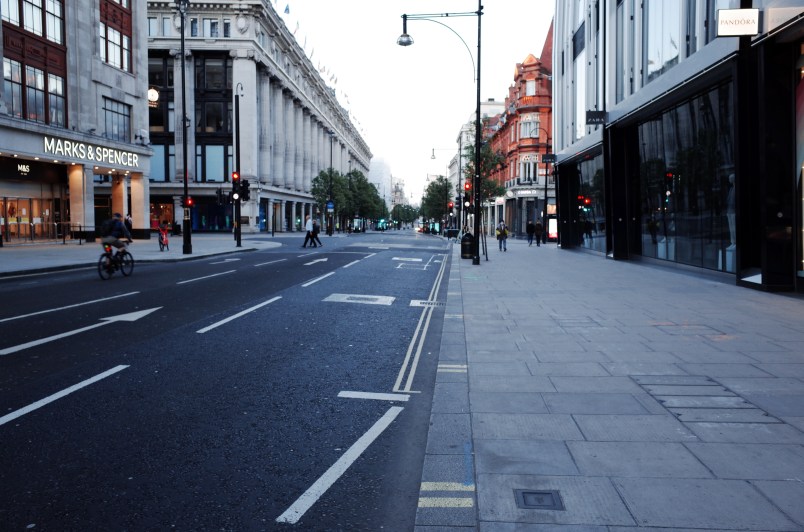LONDON — A new study into ethnicity and the coronavirus by Britain’s national statistics agency suggests that people from almost all minority ethnic groups — except Chinese and those identifying as “mixed” — are at greater risk of a coronavirus-related death than the white population.
In particular, the analysis said that after accounting for age, black men are 4.2 times more likely than white men to die after contracting the virus, and black women are 4.3 times more likely to die compared to women of white ethnicity.
The Office for National Statistics said people of Bangladeshi and Pakistani, Indian, and mixed ethnicities also had an increased risk of Covid-19 deaths.
The office said Thursday a “substantial part of the difference” is explained by social-economic circumstances, but they do not explain all the difference.
The findings echoed data from the National Health Service and other studies.







From a biological / medical perspective there’s no explanation for this. A virus 's home is no different in a Black person than White one. If I put a set of lungs from a white person and another from a black person on a table NO ONE could tell the difference. If I mounted tissue from each and let a histopathologist look at the mounts he or she could NOT TELL THE DIFFERENCE. So what gives?
Not the virus not the host. How society places the hosts.